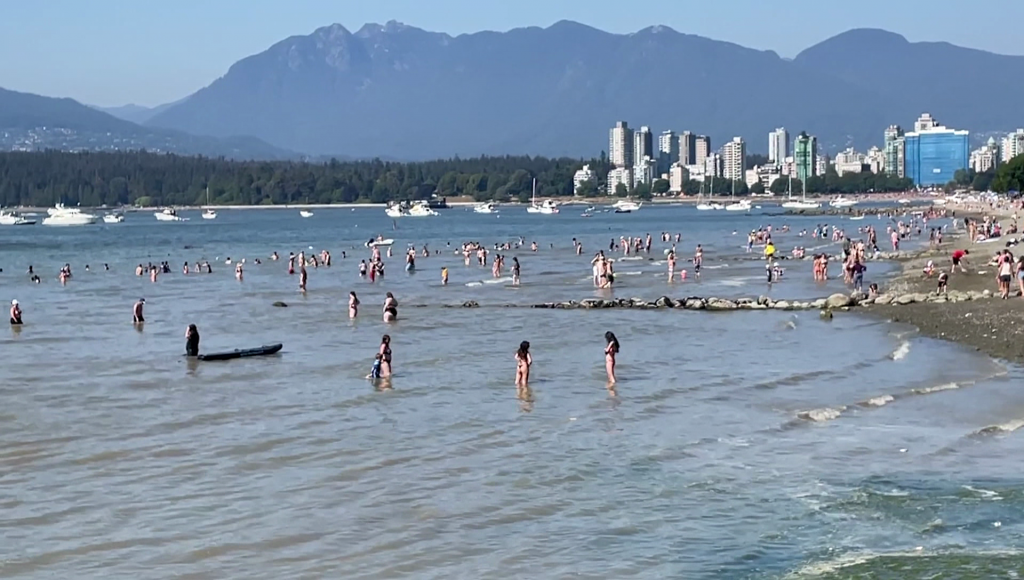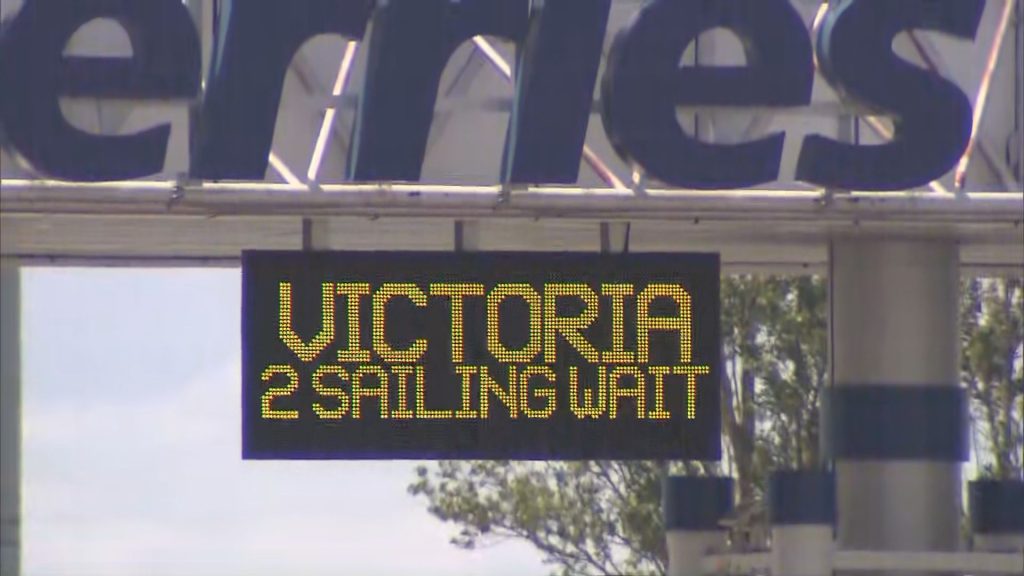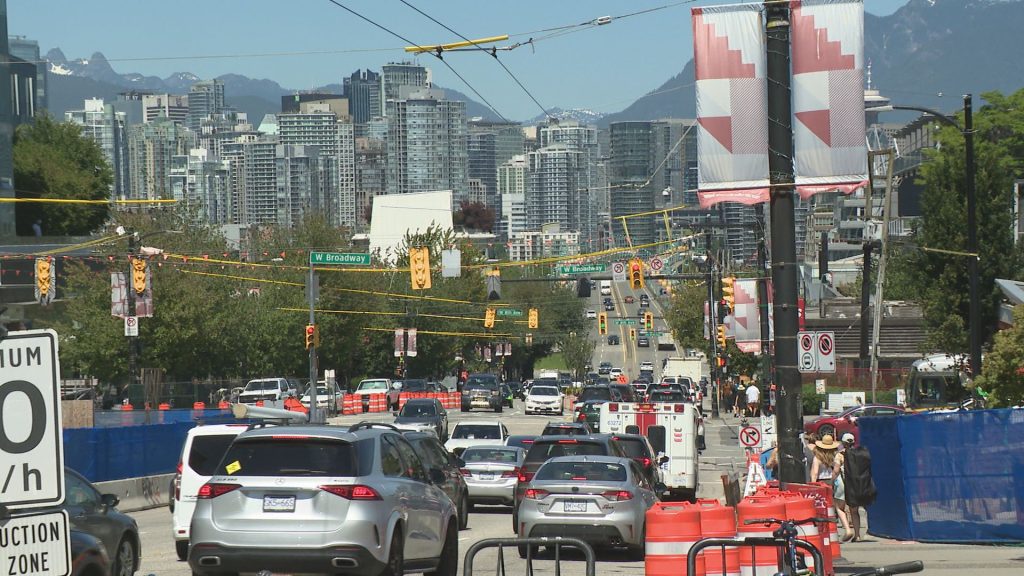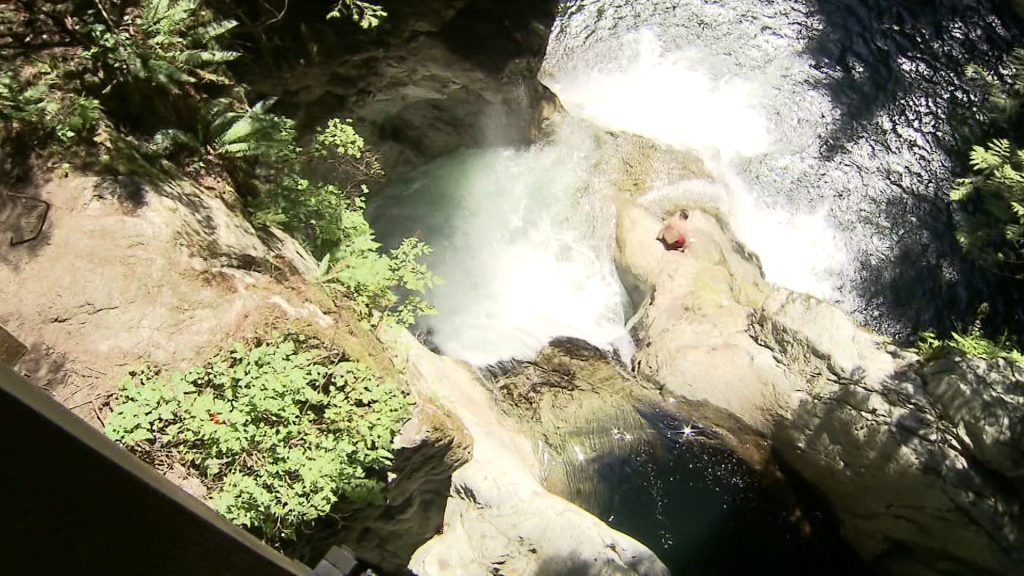BC Wildfire Service gearing up for a likely busy spring, summer

Posted April 1, 2022 1:37 pm.
Last Updated April 1, 2022 2:58 pm.
BC Wildfire Service crews have begun returning from seasonal layoffs and new hires will soon start their spring training.
In 2021, more than 1,600 wildfires burned more than 860,000 hectares of land, including a massive wildfire that all but completely destroyed the town of Lytton.
Taylor Colman, a fire information officer with the BC Wildfire Service, says they are expecting a slower start to this fire season, at least in the upper elevations.
“Conditions through December, January and February were significantly colder and wetter through the majority of the province. Especially the Interior and Northern regions of B.C. were quite a bit wetter. Along the coast, conditions are a bit drier than average, unlike last year where the southern half of the province was well below the average levels of precipitation over the winter. Fuels are a little more hydrated, and there is still some snowpack on the mid and upper elevations,” Coleman said.
“That being said, the valley bottoms are still drying out as they normally do, and that can lead to the grass curing and the finer fuels such as grass, brush, any sort of light fuels along the surface of the forest. They are drying out faster and therefore more susceptible to ignition, but that’s not uncommon for this time of year.”
Related Articles:
-
B.C. wildfire service to increase prevention work from backyards to forests: official
-
Lytton, B.C. rebuild getting $18.4M from province, eight months after catastrophic fire
Colman says crews have started their mitigation work ahead of this wildfire season which includes cultural burning, prescribed fires, and tree pruning. Homeowners are also encouraged to participate in some of these tasks, specifically concentrating on debris removal.
The Service plans on having anywhere between 1,600 and 1,800 staff this year and they usually fully staffed by the end of May. Once the season ends, they are looking to move to a 365-day wildfire operation, where they will not only focus on wildfires, but also recovery and prevention.
Colman adds even though we’ve had a wetter than normal winter, some of the areas that have continued to carry deeper drought conditions from last summer’s blazes are the Okanagan, Caribou, and Peace regions. She thinks we will have a better understanding of what this season’s wildfire forecast will look like after the May and June months.








